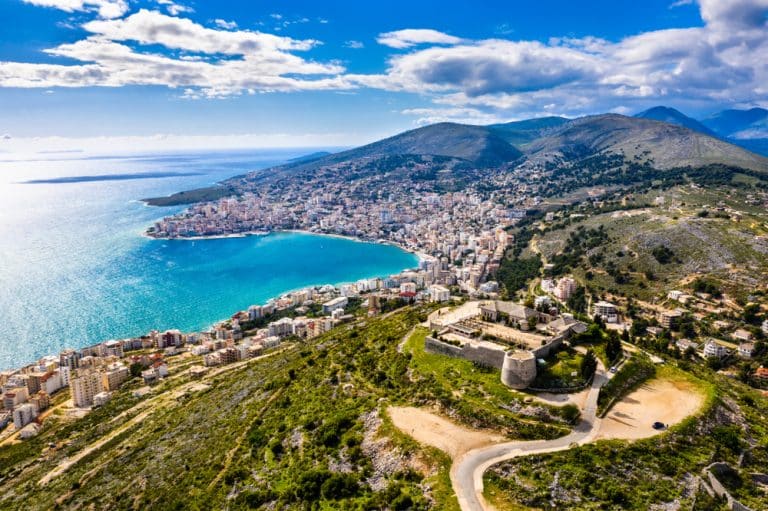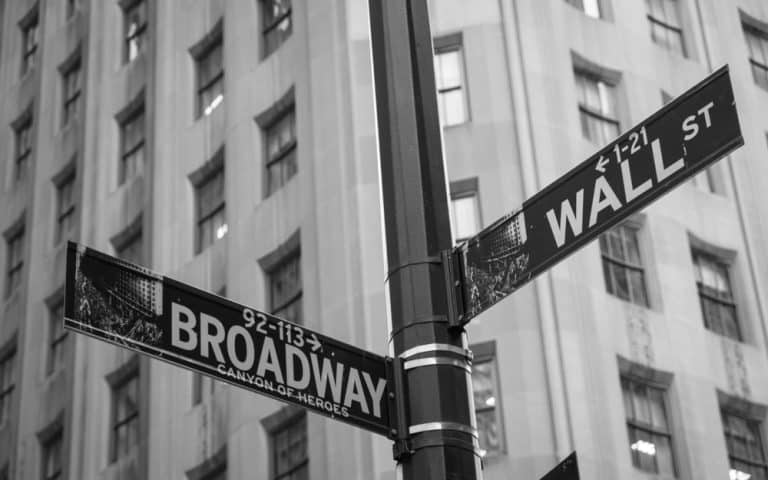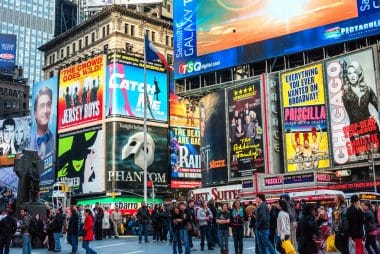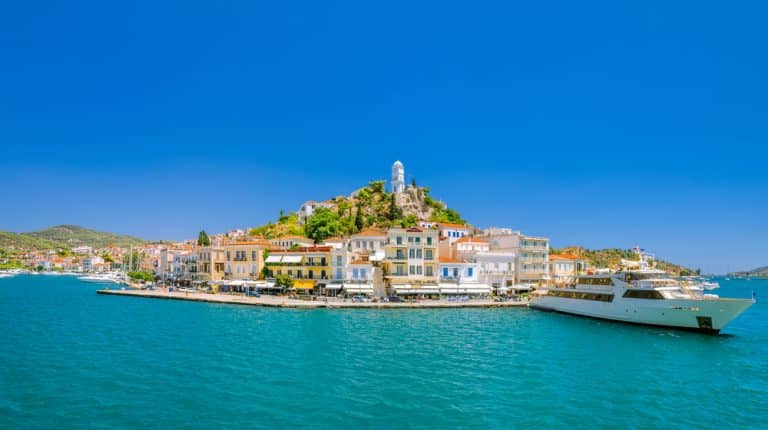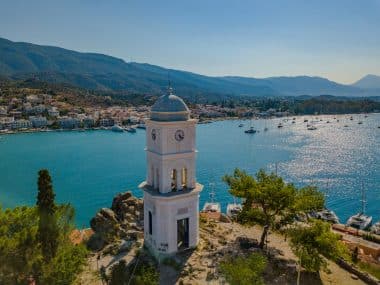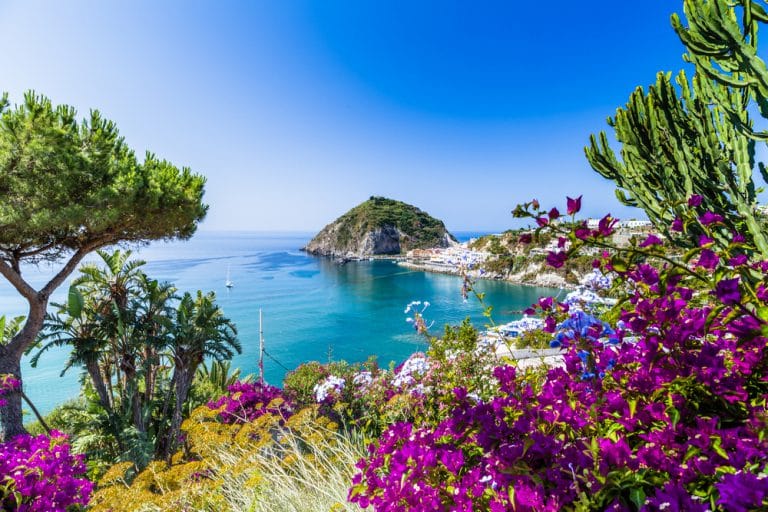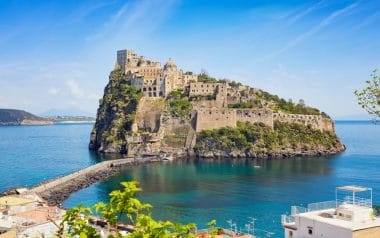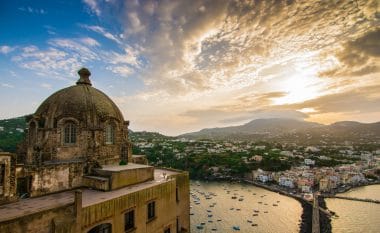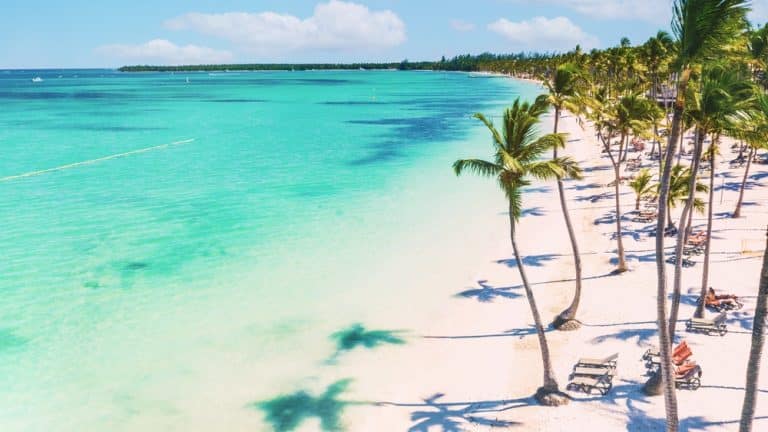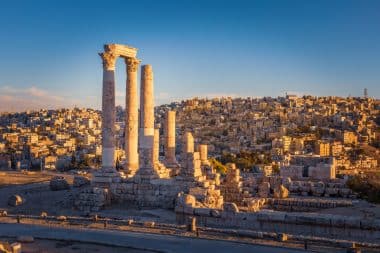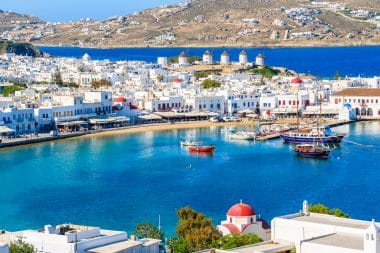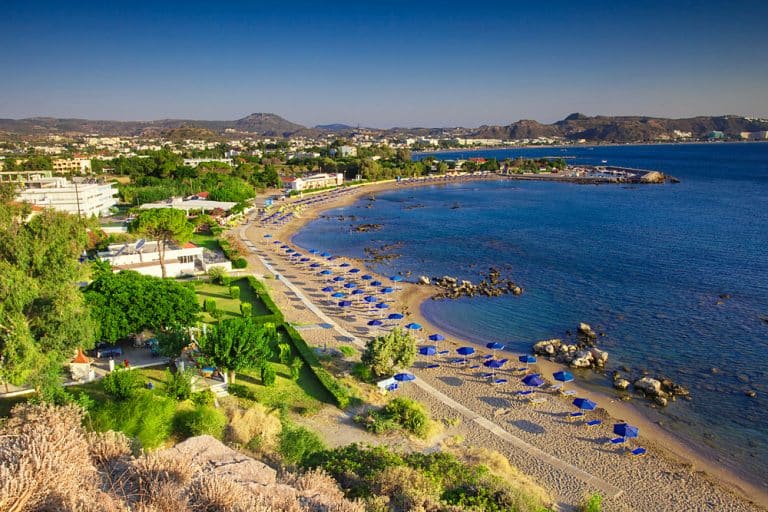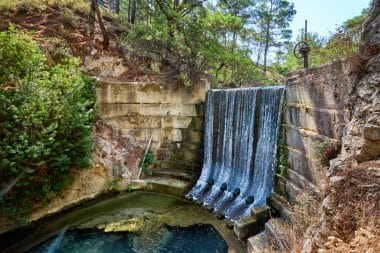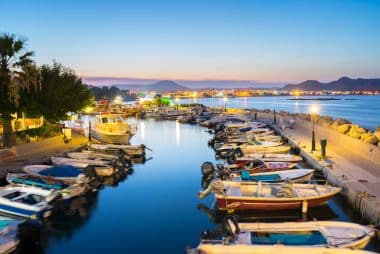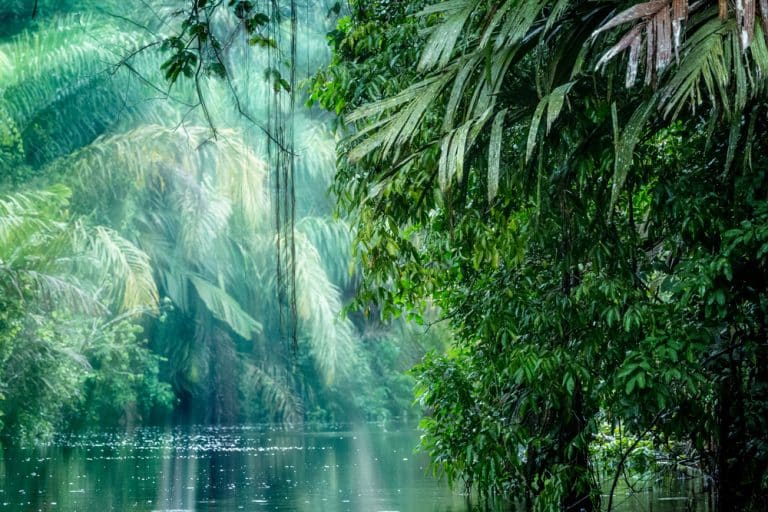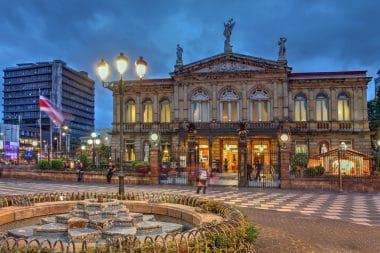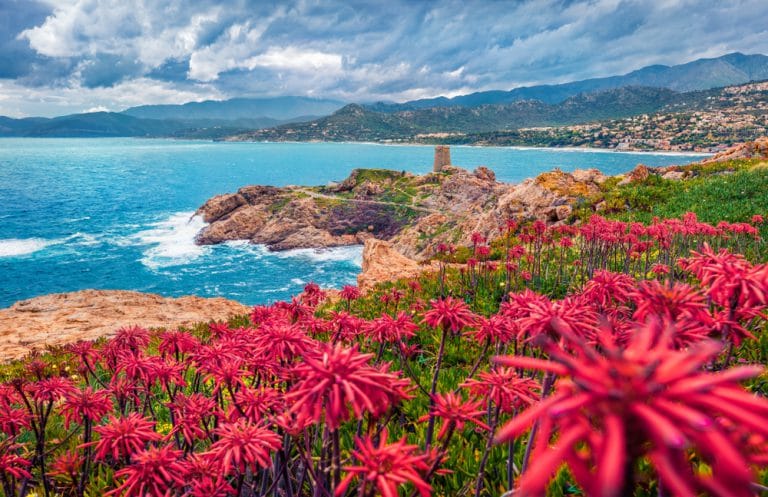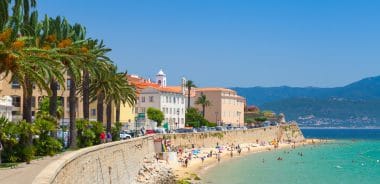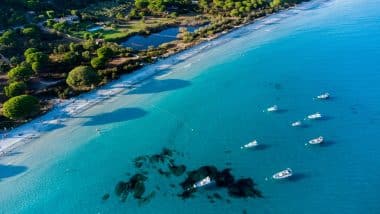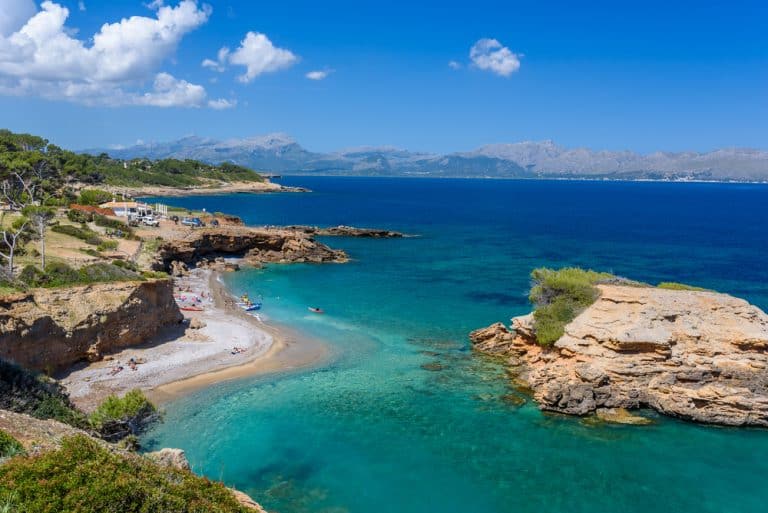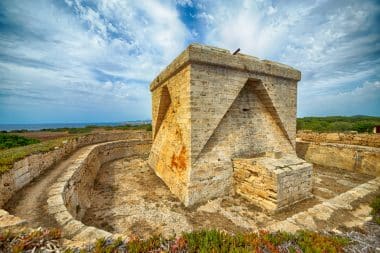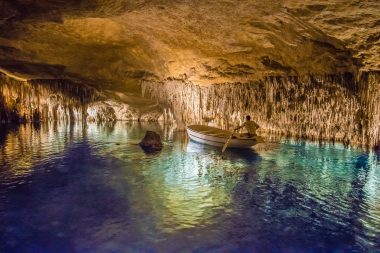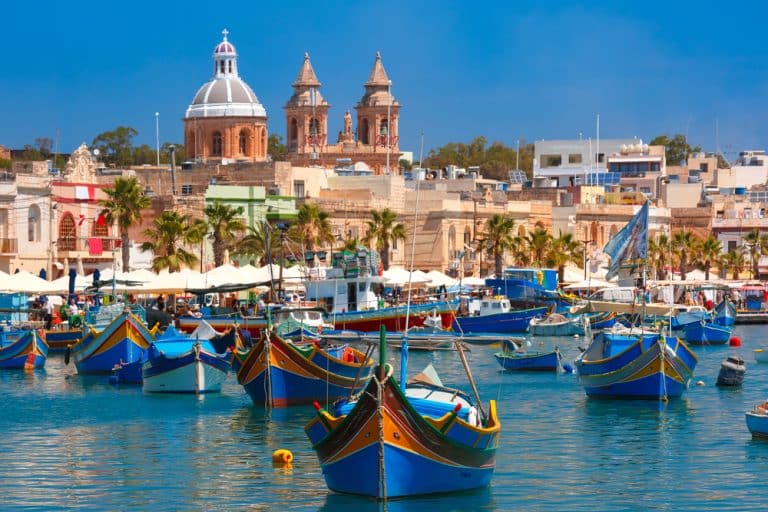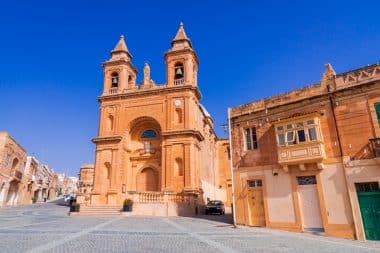Saranda, located on the Albanian Riviera in the south of the country, is one of Albania’s most popular tourist destinations. With its pristine Mediterranean beaches and charming old town, Saranda has something for everyone. Whether you’re looking to relax on the beach or experience a new culture, Saranda is definitely worth adding to your travel list.
The city is a popular tourist destination due to its mild climate, beautiful beaches, and clear waters. Saranda is also home to many historical sites, such as the ancient city of Butrint. Visitors to Saranda can enjoy a variety of activities, such as swimming, sunbathing, hiking, and exploring the town’s historic sites.
What makes the resort of Saranda so special?
Saranda is known for its clear, turquoise waters, sandy beaches, and lush vegetation. The town is located on a horseshoe-shaped bay and is a popular place for swimming, sunbathing and hiking due to its sheltered location. There are also a number of historical sites to explore in Saranda, including the ruins of the ancient city of Butrint. Visitors can take a boat trip to the nearby Greek island of Corfu , or enjoy the town’s nightlife with its many bars and clubs. Whether you’re looking for relaxation or adventure, Saranda has something for everyone.
Sandara’s ancient ruins and the world-renowned Butrint National Park
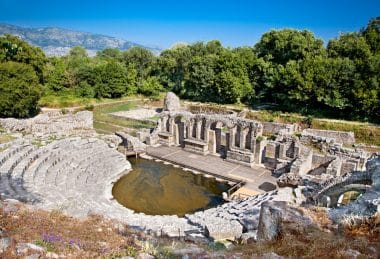
Butrint National Park is a UNESCO World Heritage Site and is located in the city of Saranda in Albania. The park is home to a variety of ancient ruins, including a Greek theater, a Roman bath, and a Byzantine church. Visitors can also see the remains of a city wall dating back to the 4th century BC. The Butrint National Park is a popular destination for history and archaeology enthusiasts. The park offers guided tours of the ruins as well as boat tours in the area. Visitors can also picnic in the park or swim in the nearby lake.
Saranda’s Mosques and Churches from the Ottoman Empire
There are countless beautiful mosques and churches in Saranda. These historic buildings date back to the time of the Ottoman Empire, when the city was an important center for trade and commerce. Today, Saranda is a popular tourist destination, and its mosques and churches are among the most popular attractions. Visitors can explore the grandiose architecture of the mosques or visit the churches to learn about the history of Christianity in Albania . Whether you’re interested in history or religion, Saranda’s mosques and churches are sure to impress.
Visitors can enjoy numerous activities in Saranda, such as swimming, sunbathing, hiking, and sightseeing
Saranda is a beautiful place to visit for your next vacation. The area offers many activities that visitors can enjoy, such as swimming, sunbathing, hiking, and sightseeing. Saranda is also home to some of the most beautiful beaches in the world. With its clear turquoise waters and soft white sand, Saranda beach is the perfect place to relax and soak up the sun. A must for every visitor is a boat trip to the Blue Cave. The cave gets its name from the turquoise blue water it is filled with and the sun shining through the opening in the cave, creating a stunning effect. Apart from its natural beauty, Saranda is also rich in history and culture. The city was founded by Greeks in the 4th century BC and later became an important trading port for the Romans. Today, visitors can tour the city’s ancient ruins, as well as the many museums and galleries that showcase the city’s fascinating history.
What tips should you keep in mind?
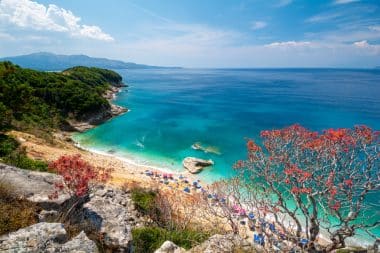
Before you visit Saranda, there are a few things you should keep in mind. First, Saranda is a city that is very hilly. This means that you should wear comfortable shoes, as you will be walking a lot. Secondly, the city can get quite hot in the summer months, so be sure to pack sunscreen, a hat, and plenty of water!
Booking a hotel in advance is always a good idea, but it’s especially important if you’re traveling to popular destinations like Saranda. Saranda is a beautiful city that has a lot to offer its visitors, so it’s no wonder it’s become such a popular destination in recent years. If you’re planning a trip to Saranda, make sure to book your hotel room well in advance so you won’t be disappointed. And finally, be sure to take cash with you, as many restaurants and shops don’t accept credit cards
If you follow these tips, your trip to Saranda is sure to be enjoyable and memorable.
Result
Saranda is a beautiful city in Albania that offers its visitors a plethora of activities and attractions to enjoy. The city is rich in history and culture, and its natural beauty is simply breathtaking. Whether you want to swim, sunbathe, hike or sightsee, Saranda has something for everyone


